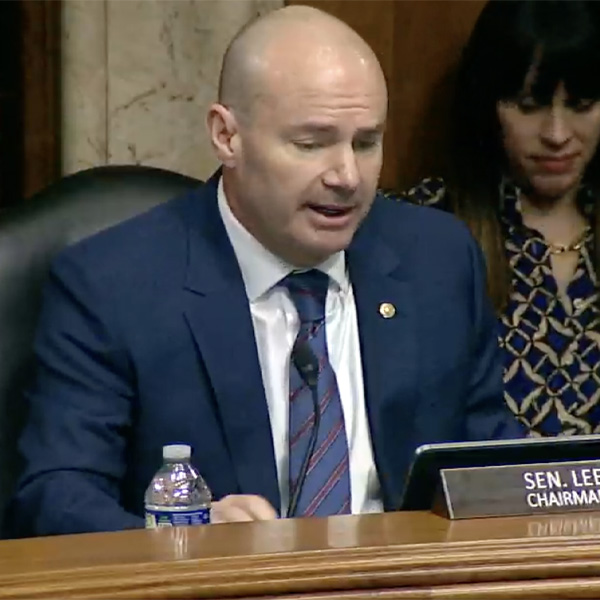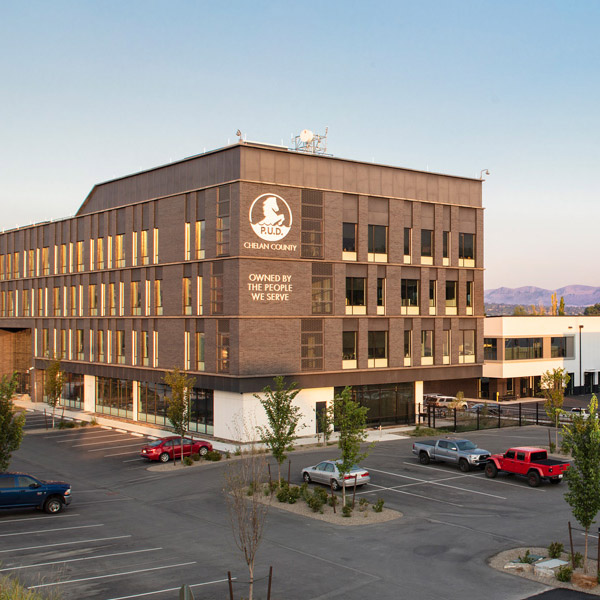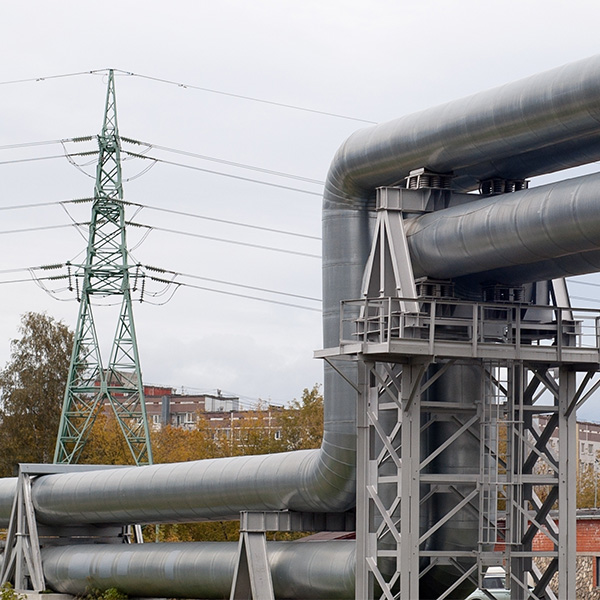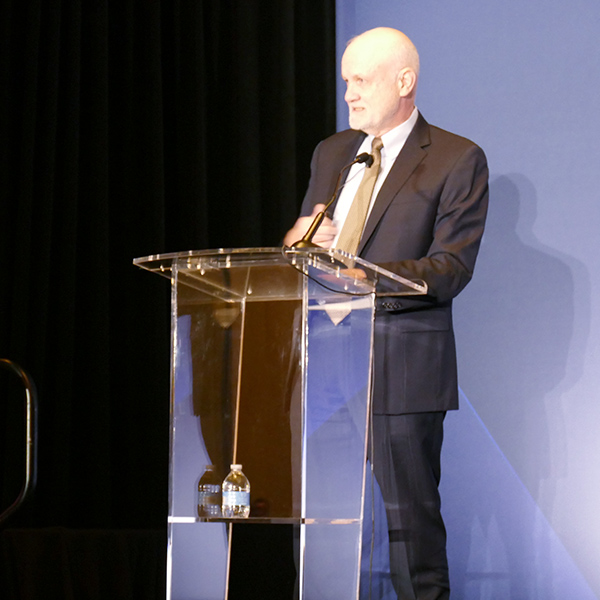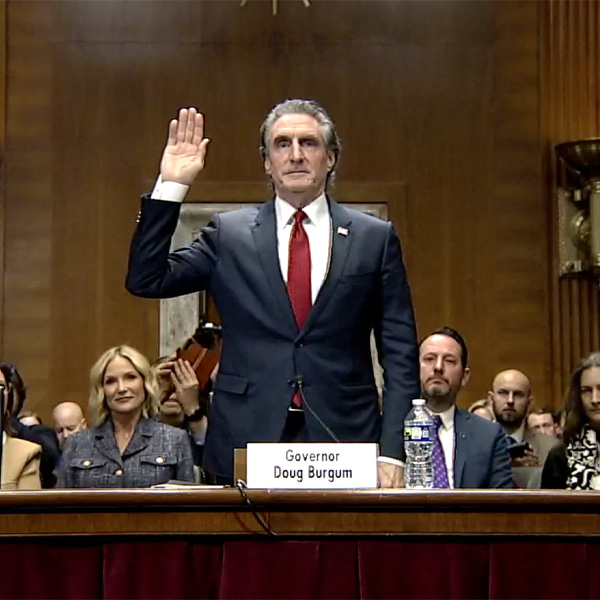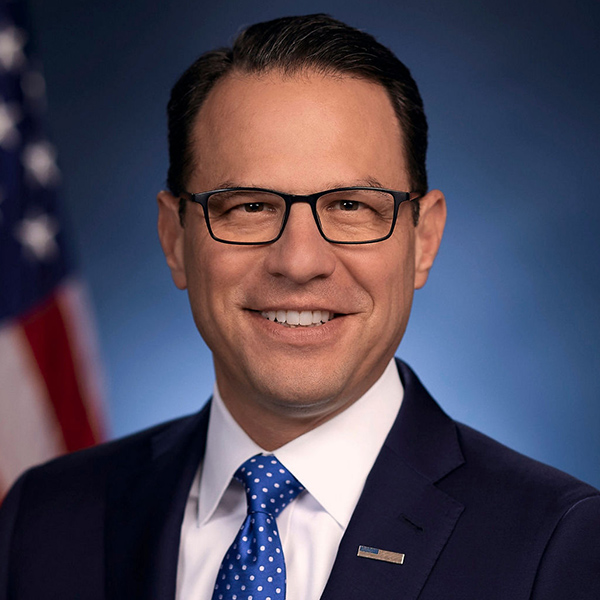Public Policy
Environmental RegulationsReliabilityState & RegionalAlabamaAlaskaArizonaArkansasCaliforniaColoradoConnecticutDelawareDistrict of ColumbiaFloridaGeorgiaHawaiiIdahoIllinoisIndianaIowaKansasKentuckyLouisianaMaineManitobaMarylandMassachusettsMichiganMinnesotaMississippiMissouriMontanaNebraskaNevadaNew HampshireNew JerseyNew MexicoNew YorkNorth CarolinaNorth DakotaOhioOklahomaOregonPennsylvaniaRhode IslandRTO-IndianaSouth CarolinaSouth DakotaTennesseeTexasUtahVermontVirginiaWashingtonWest VirginiaWisconsinWyoming
ERCOT’s Technical Advisory Committee held its first meeting of 2025 on Jan. 22, with the biggest chunk of the meeting devoted to discussing the grid operator’s proposed market design framework.
Trump's nominees for energy and interior secretary cleared the ENR committee on bipartisan votes and now head to the floor where Senate leadership has been working to approve his cabinet picks.
Markets+ notched another in a string of successes when the Chelan County Public Utility District in Washington said it will pay its $1 million to $2 million share of funding for the market’s Phase 2 implementation stage.
The NEPOOL Reliability Committee voted to support changes to ISO-NE Planning Procedure 7 to comply with FERC Order 881.
While Trump's order calls for “a reliable, diversified and affordable supply of energy,” it omits any mention of solar, wind or storage and makes only passing reference to transmission as part of its definition of generation.
President Trump's executive orders on energy are not enough on their own for the industry to meet the rising demand for AI and data centers, and experts say another attempt at permitting reform is needed.
Minutes after he was sworn in as 47th president of the United States, Donald Trump signaled his intention to rapidly increase production of oil and gas.
President Donald Trump, who appointed Mark Christie to FERC in 2020 during his first term, has now selected him as the commission's new chair.
The 2,600 GW of wind, solar and storage sitting in interconnection queues across the U.S. represent a major imbalance in energy resources that could lead to brownouts or blackouts, former North Dakota Gov. Doug Burgum (R) said during his Senate confirmation hearing.
Pennsylvania Gov. Josh Shapiro urged PJM Chair Mark Takahashi to “intervene with” RTO leadership to revise the design of the capacity market before conducting the 2026/27 BRA to avoid an “unacceptable” increase in capacity market prices.
Want more? Advanced Search

